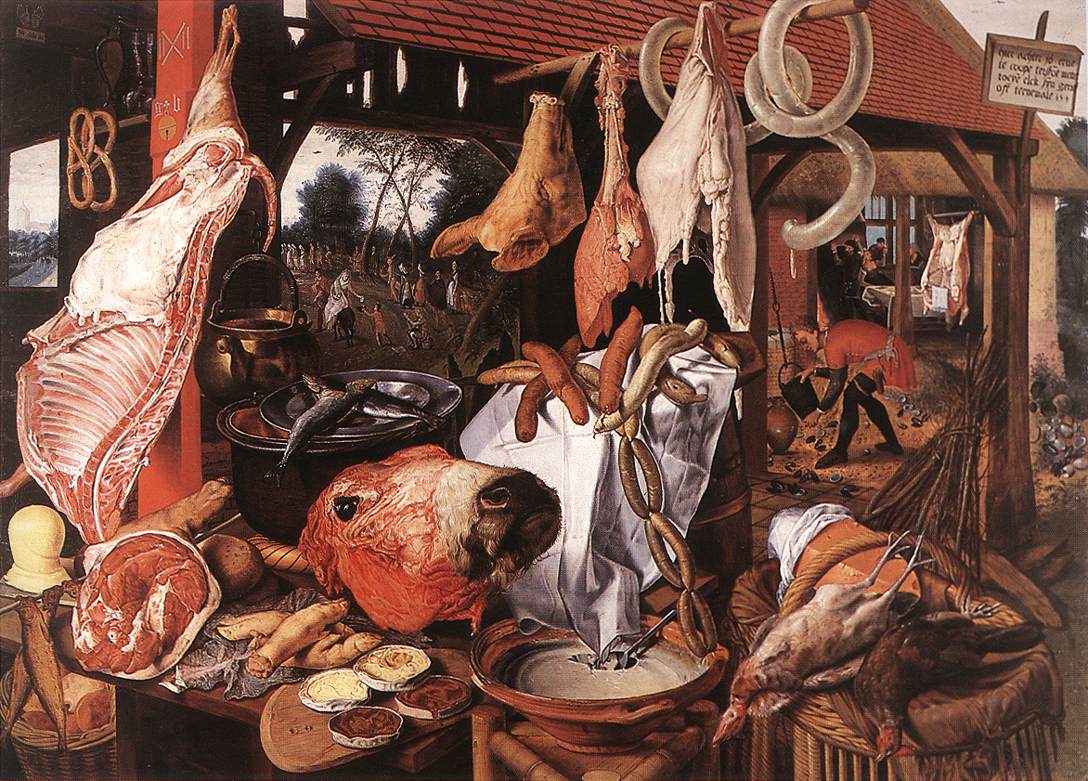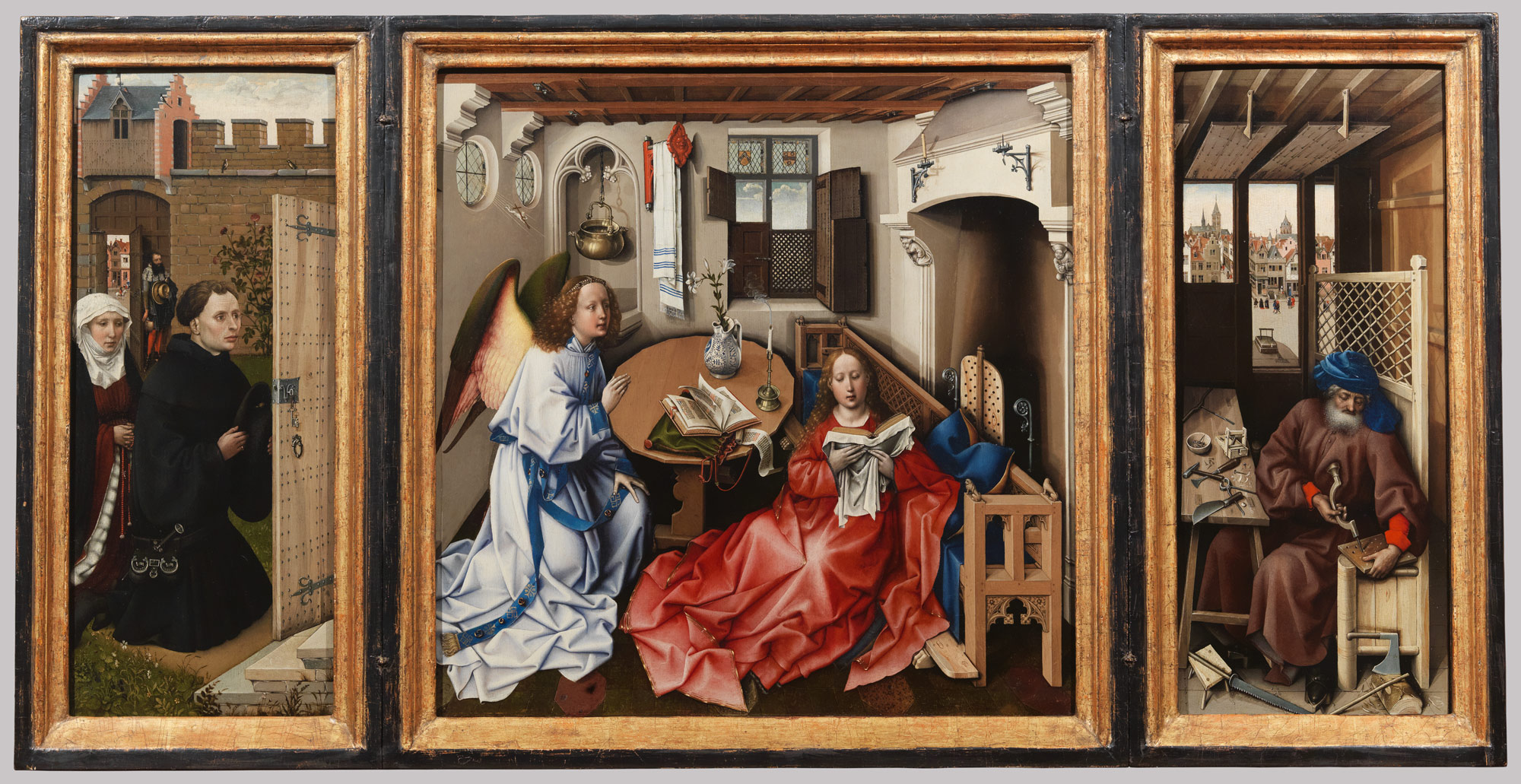
Related exhibition descriptions:
Posing Beauty (Exhibition) @NYU/@Newark Museum/@Williams College Museum of Art
Notes...
- Part of the book's purpose is to "challenge conventional perspectives on how identity revolves around beauty...(xx)"
- Maria Elena Buszek on why Ebony began to feature attractive ladies on the cover (although their first few issues did not): "Beauty is skin-deep -- and that goes for brown as well as white skin. You'd never think it, though, to look at the billboards, magazines and pimp posters of America. Cheesecake (photographers' jive talk for sex-appeal pictures) is all white. But the Petty Girl notwithstanding, Negro girls are Beautiful too. And despite the fact that Miss America contests hand out "for whites only" signs, there are thousands of Negro girls lovely enough to compete with the best of white American pulchritude (xxiii)."
- Regarding the marketing of advertising imagery et. al., "these images were targeted to a market where the consumer idealized and modeled the new look: beautiful, glamorous, stylish, and most of all desirable. Paul Gilroy argues that 'the Black consumer of these images and products, multi-variant processes of consumption, may express the need to belong, the desire, to make the beauty of Blackness intelligible, and to somehow fix that beauty and the pleasures it creates so that they [can] achieve, if not permanence, then at least a longevity that retrieves them from the world of pop ephemera and racial dispossession (xxvi).'
- Ifétayo Abdus-Salam's American Exotic series poses the quetsion,"How do these images simultaneously influence the psyche, ideas and self-perceptions of African-American women, and the outside opinions of others (xxvi)?"

Abdus-Salam, Self Portrait as Pam Grier I, 2005
Archival Inkjet Print
- "Sociologist Maxine Leeds Craig has observed that 'the rhetoric and staging of black beauty contests...grew out of a deliberate effort to demonstrate the falsehood of white depictions of the black race.'"
conversation w/ the author



